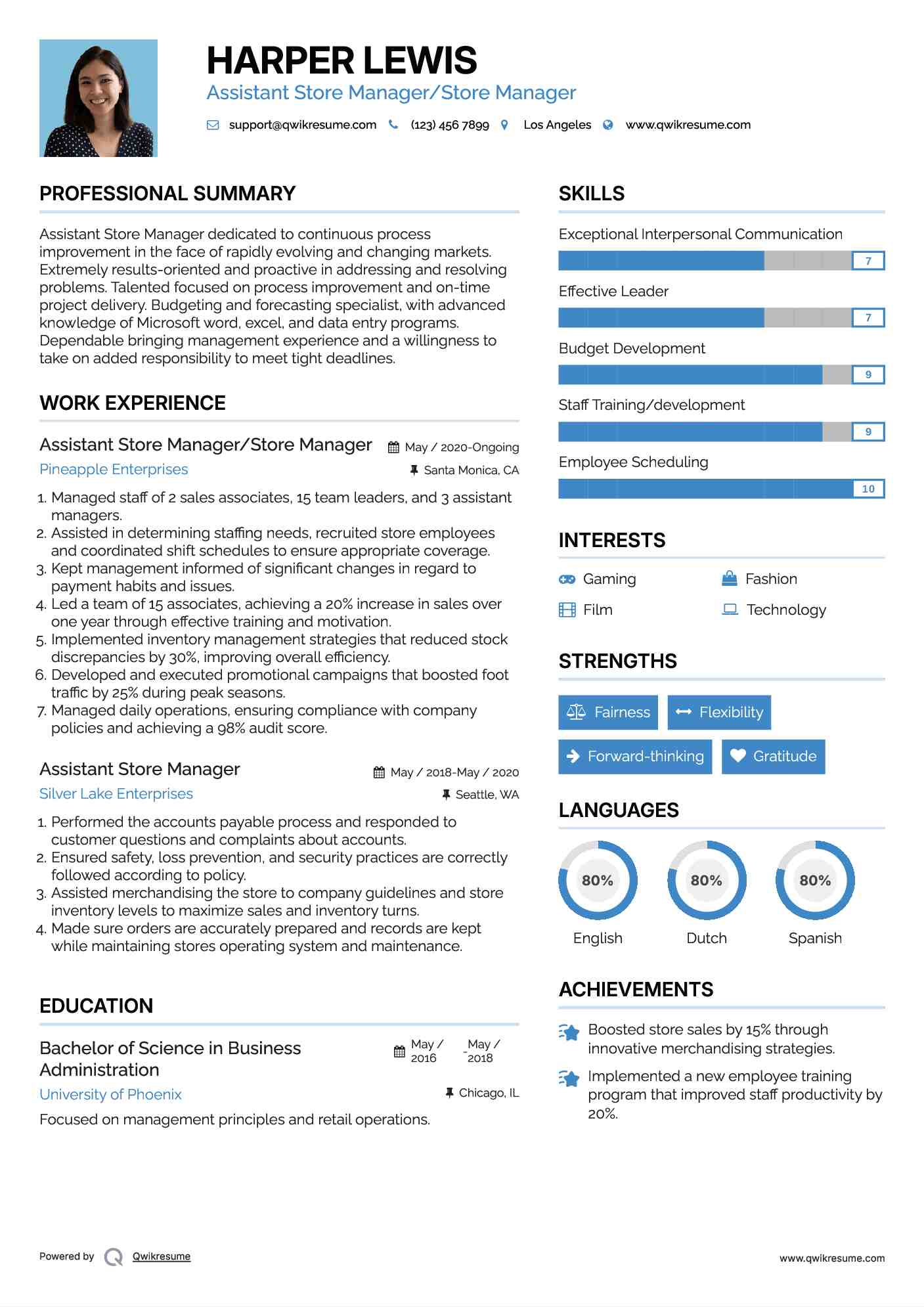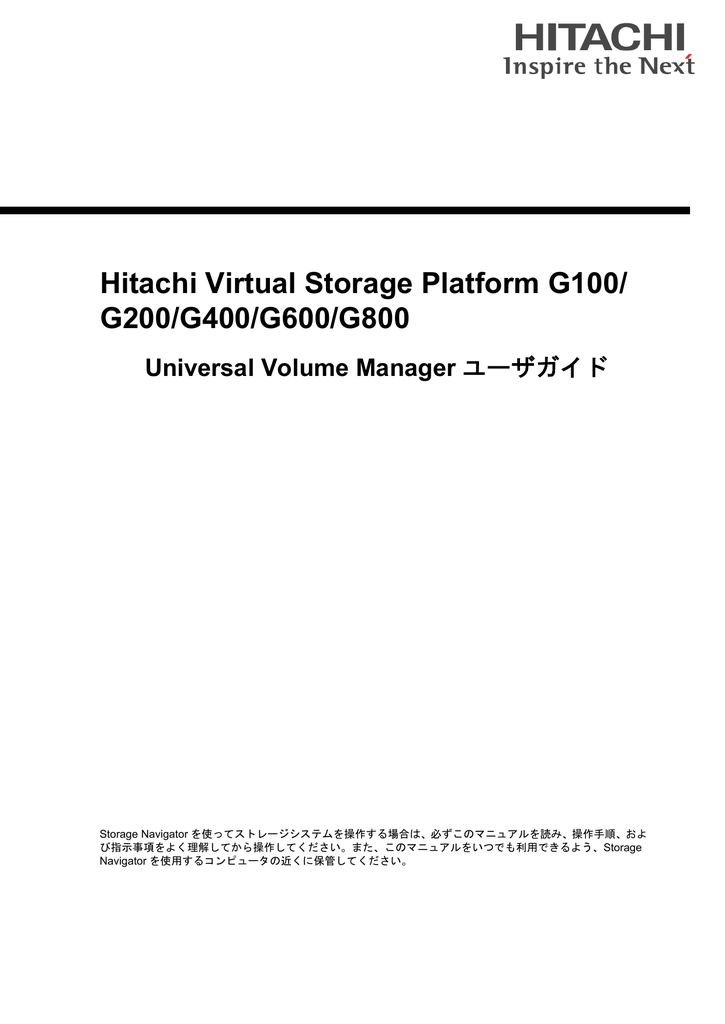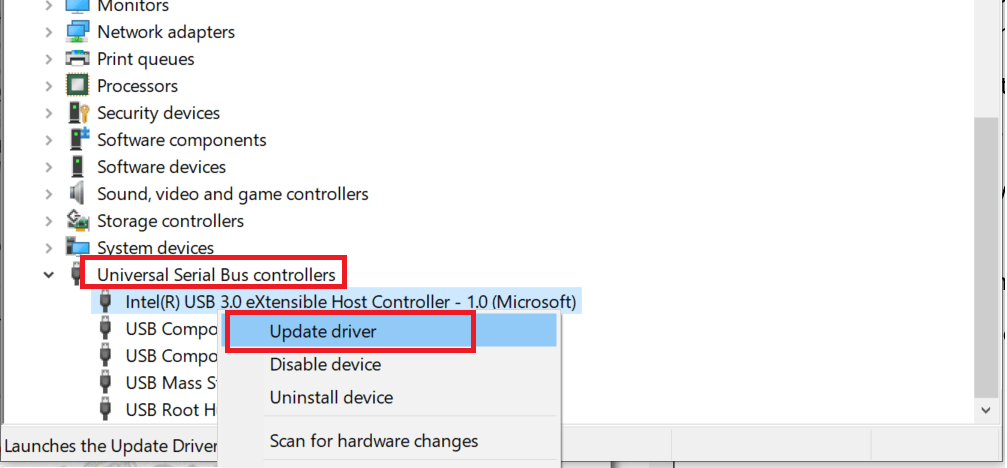- App Volume Manager
- Universal Volume Manager Windows
- Volume Manager Driver
- Universal Volume Manager Hitachi
- Universal Volume Manager Software
Hi Chris, Thank you for posting your query in Microsoft Community. I suspect the issue might be caused due to malfunctioning or corrupted drivers. Dynamic Provisioning and Universal Volume Manager of Hitachi Universal Storage Platform V and Hitachi Universal Storage Platform VM) are applicable. Hitachi Universal Storage Platform V by means of a 10-U compact controller (see Fig. Moreover, with Hitachi Universal Storage Platform VM, installation of the disk-array-controller unit only is. This appendix describes Device Manager - Storage Navigator windows, dialog boxes, and fields related to Universal Volume Manager.
-->

Unified Write Filter (UWF) is an optional Windows 10 feature that helps to protect your drives by intercepting and redirecting any writes to the drive (app installations, settings changes, saved data) to a virtual overlay. The virtual overlay is a temporary location that is usually cleared during a reboot or when a guest user logs off.
Benefits
Provides a clean experience for thin clients and workspaces that have frequent guests, like school, library or hotel computers. Guests can work, change settings, and install software. After the device reboots, the next guest receives a clean experience.
Increases security and reliability for kiosks, IoT-embedded devices, or other devices where new apps are not expected to be frequently added.
Can be used to reduce wear on solid-state drives and other write-sensitive media.
UWF replaces the Windows 7 Enhanced Write Filter (EWF) and the File Based Write Filter (FBWF).


Features
UWF can protect most supported writable storage types, including physical hard disks, solid-state drives, internal USB devices, and external SATA devices. You cannot use UWF to protect external removable drives, USB devices or flash drives. Supports both master boot record (MBR) and GUID partition table (GPT) volumes.
You can use UWF to make read-only media appear to the OS as a writable volume.
You can manage UWF directly on a Windows 10 device using uwfmgr.exe, or remotely using MDM tools like Microsoft Intune using the UnifiedWriteFilter CSP or the UWF WMI.
You can update and service UWF-protected devices, either by using UWF servicing mode or by adding file and registry exclusions to specific system areas.
On Windows 10, version 1803, you can use a persistent overlay to allow data saved in the virtual overlay to remain even after a reboot.
On devices with a disk overlay, you can use freespace passthrough to access your drive's additional free space.
UWF supports paging to increase virtual memory, if the page file exists on an unprotected volume. When paging is used together with a RAM-based overlay, the uptime of the system can be significantly increased.
Requirements
Windows 10 Enterprise, Windows 10 IoT Core, or Windows 10 IoT Enterprise.
Limitations
File systems:
- FAT: fully supported.
- NTFS: fully supported. However, during device startup, NTFS file system journal files can write to a protected volume before UWF has started protecting the volume.
- Other file systems (example: exFAT): You can protect the volume, but cannot create file exclusions or do file commit operations on the volume. Writes to excluded files still influence the growth of the Overlay.
The overlay does not mirror the entire volume, but dynamically grows to keep track of redirected writes.
UWF supports up to 16 terabytes of protected volumes.
UWF does not support the use of fast startup when shutting down your device. If fast startup is turned on, shutting down the device does not clear the overlay. You can disable fast startup in Control Panel by navigating to Control Panel > All Control Panel Items > Power Options > System Settings and clearing the checkbox next to Turn on fast startup (recommended).
UWF does not support Storage Spaces.
On a computer on which UWF is enabled and used to protect drive C, you cannot permanently set the date and time to a past time. If you make such a change, the original date and time settings will be restored after the computer restarts.
To work around this issue, you must disable UWF before you change the date and time. To do this, run uwfmgr.exe filter disable.
Note
Do not add the file that retains date and time settings ('%windir%bootstat.dat') to the write filter exclusions to work around this issue. Doing this causes Stop error 0x7E (SYSTEM_THREAD_EXCEPTION_NOT_HANDLED) to occur.
Turn on and configure UWF
UWF is an optional component and is not enabled by default in Windows 10. You must turn on UWF before you can configure it.
UWF overlay
You can choose where the overlay is stored (RAM or disk), how much space is reserved, whether the overlay persists after a reboot.
To increase uptime, set up monitoring to check if your overlay is filling up. At certain levels, your device can warn users and/or reboot the device.
To learn more, see UWF Overlay location and size.
Volumes
A volume is a logical unit that represents an area of persistent storage to the file system that is used by the OS. A volume can correspond to a single physical storage device, such as a hard disk, but volumes can also correspond to a single partition on a physical storage device with multiple partitions, or can span across multiple physical storage devices. For example, a collection of hard disks in a RAID array can be represented as a single volume to the OS.
When you configure UWF to protect a volume, you can specify the volume by using either a drive letter or the volume device identifier. To determine the device identifier for a volume, query the DeviceID property in the Win32_Volume WMI class.
If you specify a volume using a drive letter, UWF uses loose binding to recognize the volume. By using loose binding, drive letters can be assigned to different volumes if the hardware or volume configuration changes. If you specify a volume using the volume device identifier, UWF uses tight binding to recognize the volume. By using tight binding, the device identifier is unique to the storage volume and is independent from the drive letter assigned to the volume by the file system.
Exclusions
If you want to protect a volume with UWF while excluding specific files, folders, or registry keys from being filtered by UWF, you can add them to a write filter exclusion list.
UWF servicing mode
When a device is protected with UWF, you must use UWF servicing mode commands to service the device and apply updates to an image. You can use UWF servicing mode to apply Windows updates, antimalware signature file updates, and custom software or third-party software updates.
For more information about how to use UWF servicing mode to apply software updates to your device, see Service UWF-protected devices.
App Volume Manager
Troubleshooting UWF
UWF uses Windows Event Log to log events, errors and messages related to overlay consumption, configuration changes, and servicing.
For more information about how to find event log information for troubleshooting problems with Unified Write Filter (UWF), see Troubleshooting Unified Write Filter (UWF).
Related topics
You can download and install the latest version of the Universal Render Pipeline (URP) to your existing Project via the Package Manager system, and then install it into your Project. If you don’t have an existing Project, see documentation on how to start a new URP Project from a Template.
Before you begin
URP uses its own integrated post-processing solution. If you have the Post Processing Version 2 package installed in your Project, you need to delete the Post Processing Version 2 package before you install URP into your Project. When you have installed URP, you can then recreate your post-processing effects.
URP does not currently support custom post-processing effects. If your Project uses custom post-processing effects, these cannot currently be recreated in URP. Custom post-processing effects will be supported in a forthcoming release of URP.
Installing URP
- In Unity, open your Project.
- In the top navigation bar, select Window > Package Manager to open the Package Manager window.
- Select the All tab. This tab displays the list of available packages for the version of Unity that you are currently running.
- Select Universal RP from the list of packages.
- In the botoom right corner of the Package Manager window, select Install. Unity installs URP directly into your Project.
Universal Volume Manager Windows
Configuring URP
Before you can start using URP, you need to configure it. To do this, you need to create a Scriptable Render Pipeline Asset and adjust your Graphics settings.
Creating the Universal Render Pipeline Asset
The Universal Render Pipeline Asset controls the global rendering and quality settings of your Project, and creates the rendering pipeline instance. The rendering pipeline instance contains intermediate resources and the render pipeline implementation.
To create a Universal Render Pipeline Asset:
- In the Editor, go to the Project window.
- Right-click in the Project window, and select Create > Rendering >: Universal Render Pipeline>: Pipeline Asset. Alternatively, navigate to the menu bar at the top, and select Assets >: Create >: Rendering >: Universal Render Pipeline >: Pipeline Asset.
You can either leave the default name for the new Universal Render Pipeline Asset, or type a new one.
Volume Manager Driver
Adding the Asset to your Graphics settings
To use URP, you need to add the newly created Universal Render Pipeline Asset to your Graphics settings in Unity. If you don't, Unity still tries to use the Built-in render pipeline.
Universal Volume Manager Hitachi
To add the Universal Render Pipeline Asset to your Graphics settings:
- Navigate to Edit > Project Settings... > Graphics.
- In the Scriptable Render Pipeline Settings field, add the Universal Render Pipeline Asset you created earlier. When you add the Universal Render Pipeline Asset, the available Graphics settings immediately change. Your Project is now using URP.
Universal Volume Manager Software
Upgrading your shaders
If your Project uses Lit Shaders from the Built-in Render Pipeline, you must convert those Shaders to URP Shaders. For information on this, see Upgrading your Shaders.

